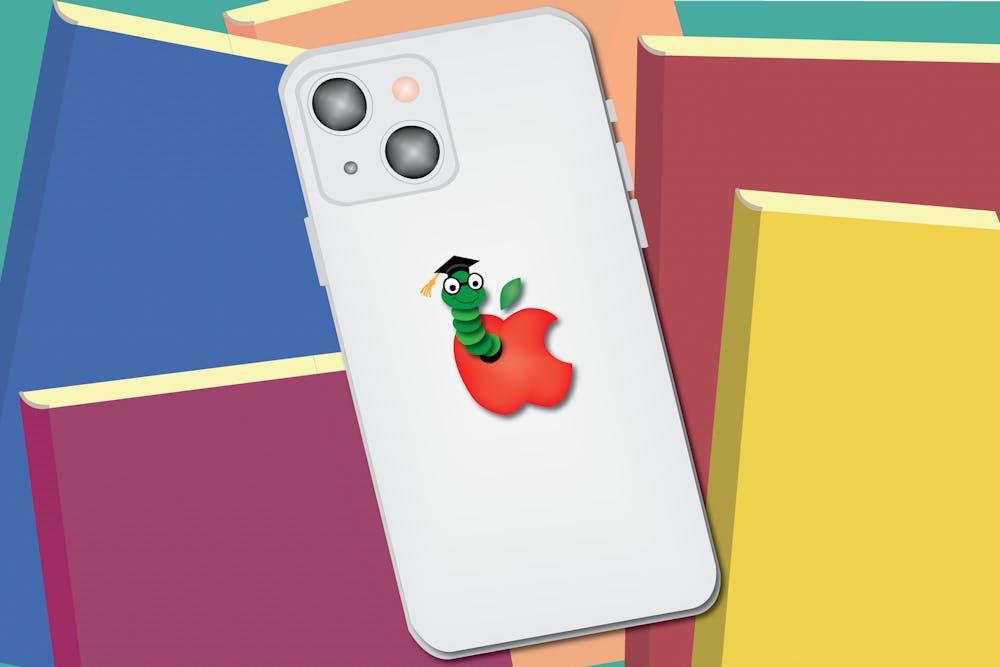The N.C. Department of Public Instruction released a guidebook on Jan. 16 for the use of artificial intelligence in public schools. The guidebook provides recommendations for responsibly implementing AI and encourages public schools to incorporate AI literacy for staff and students.
Vanessa Wrenn, the chief information officer for the NCDPI, said these new guidelines are intended to prepare students for the workforce. She said AI will develop 1 million jobs, and that understanding how to use it can help students build their skill set.
“Whenever a tool comes out that's going to help students learn and also be able to prepare them for the workforce, it's the only right thing to do to give them exposure to that while they are students, and while we can do that in a safe way,” Wrenn said.
Wrenn said the guidebook is meant to be a pragmatic resource for teachers to introduce into their classrooms. They can use it to create outlines for events like assemblies, open houses and parent meetings, she said.
Wrenn said the NCDPI’s Division of Digital Teaching and Learning held training sessions for teachers last summer on how to use generative AI. She said they used feedback from the sessions to determine the kind of guidance teachers needed.
Al McArthur, the Chapel Hill-Carrboro City Schools director of digital learning and libraries, said CHCCS is thankful that the NCDPI is acknowledging the use of AI in schools and providing a pathway for staff to use it with their students.
Elementary and middle school teachers could use AI to set the stage for a class discussion while high school teachers could use it to modify assignments so they become more AI-resistant — meaning generative AI could not complete the assignment on its own, he said.
Myraeka d’Leeuwen, a graduate research assistant for UNC's AI Project, said a lot of students are trying to find ways to use AI without getting caught. She said she is concerned about students using AI to formulate entire paragraphs or outlines for their papers.
“I do worry that rather than students learning how to actually write papers or think for themselves, they're really learning how to be prompt engineers, and they're just learning how to manipulate AI to behave in ways that are most helpful for them,” she said.




